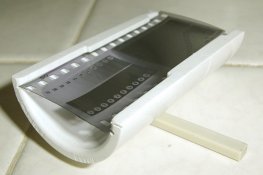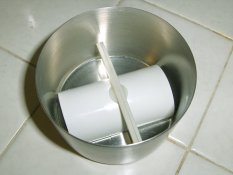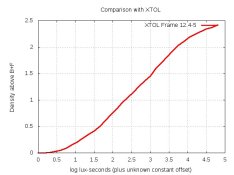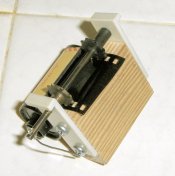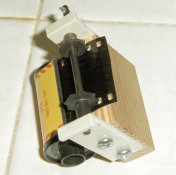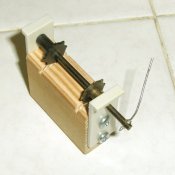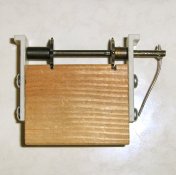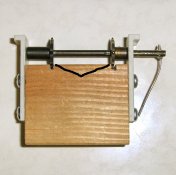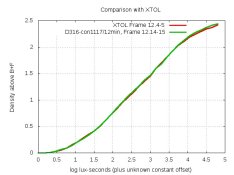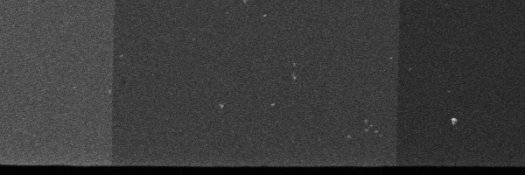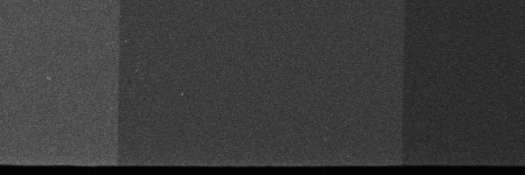john_s
Member
I belive the sodium metaborate that Silverprint sell in the UK is the 8-mol aka Kodalk.This has more water in it and should be less prone to crystallisation than the 4-mol from the Formulary.
There is so much ascorbate in the concentrate it may still be resistant to aerial oxidation.
The hydration of sodium metaborate is confusing. Here is a bit of information that I copied from the long-lamented Ryuji Suzuki website in relation to this nomenclature. I hope it is helpful.
<start quote>
Hydration of sodium metaborate, NaBO2, and that of Kodalk
Kodalk or "Kodak balanced alkali" is Eastman Kodak Company's trade name for sodium metaborate. The largest supplier and research institution for this compound is U.S. Borax Research Corp. in Anaheim, California. In Ullmann's Encyclopedia of Industrial Chemistry, Robert A. Smith of U.S. Borax explains industrial production processes for this compound among other boron compounds in detail.
In old literature, sodium metaborate tetrahydrate (CAS 10555-76-7) is denoted Na2B2O4 - 8H2O. This lead to old nomenclature describing hydration of sodium metaborate to be octahydrate. However, as more modern techniques became available, the actual structure of sodium metaborate is known to be better described by NaB(OH)4 - 2H2O, and this substance became to be commonly denoted by NaBO2 - 4H2O, hence tetrahydrate. According to detailed catalogues of several laboratories chemical suppliers, there is no NaBO2 - 8H2O commonly traded today. Robert Smith of U.S. Borax explains that "sodium metaborate tetrahydrate is the stable solid phase in contact with its saturated solution between 11.5 and 53.6°C." Therefore, octahydrate in old nomenclature and tetrahydrate in modern nomenclature indicate the identical chemical in the same hydration form. It is just that the nominal formula weight for tetrahydrate is half that of octahydrate. One mole of tetrahydrate would provide one mole of B(OH)4- in aqueous solution, while octahydrate would provide two moles.
The formula weight for this sodium metaborate tetrahydrate is 137.8. Common procedures for making sodium metaborate from borax and sodium hydroxide are often based on incorrect assumption that Kodalk is actually NaBO2 - 8H2O, and they have to be corrected. Fortunatelly, the proportion of mixture is correct, and the error is in final dilution, so solutions made from incorrect instruction can still be used, but by increased amount.
In order to make 1.0g sodium metaborate tetrahydrate, mix 0.692g borax and 0.145g sodium hydroxide. When dissolved in water, these two make solutions of identical composition.
<end quote>








